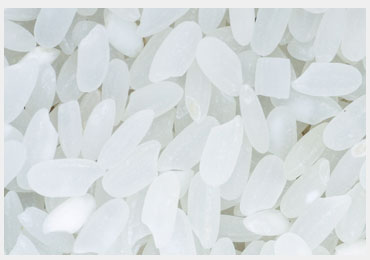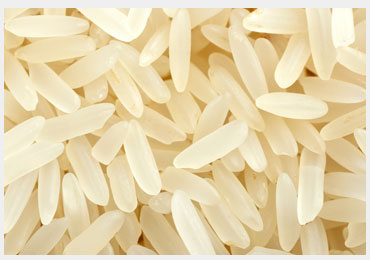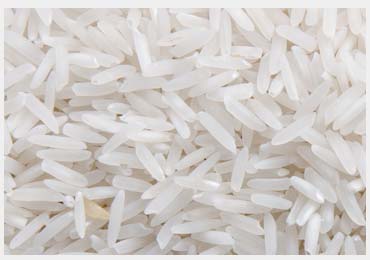BRISBANE: +61 7 350 36778 MELBOURNE : +61 3 994 84091 SYDNEY: +61 2 802 28423

Pakistan being an agro-based economy has natural abundance of all agricultural products including food items. Rice is the third largest crop after wheat and cotton.
It is grown over 10% of the total cropped area. Rice is highly valued cash crop and is also major export item. It accounts for 6.7% in value added in agriculture and 1.6% in GDP. Pakistan grows enough high quality rice to meet both domestic demand and allow for exports of around one million ton per annum.
Different varieties of rice are grown in Pakistan for example Super Basmati, Basmati PK-385, Irri-6, Irri-9 and KS-282 etc. Pakistan is primarily known for its aromatic rice (Super Basmati/Basmati PK-385).
Two varieties of rice dominate the market: Basmati, which is mainly grown in Punjab and Irri, which is mainly grown in Punjab and Sindh. Basmati accounts for 2% of exports and is of a higher quality than Irri. In 1987-88, the government allowed rice export also by the private sector. Before this, the Rice Export Corporation of Pakistan (RECP) was exclusively handling rice export of Pakistan.Different types of Pakistani Basmati rice:
Nutritional benefits of rice
• Rice is an excellent source of energy. It is rich in carbohydrates, which are broken down into glucose to provide energy for working muscles and fuel for the brain.
• Rice is low in sugar and total fat and saturated fat. It is cholesterol-free, contains negligible amounts of salt and has no additives or preservatives. It is suitable to include in a diet for those watching their weight or on cholesterol-lowering diets.
• Rice is gluten-free, making it ideal for people who are unable to tolerate the proteins found in wheat, barley, rye, oats and triticale.
• The glycaemic index (GI) ranks foods based on their immediate effect on blood sugar levels. Eating low GI foods, such as certain varieties of rice, can lower insulin levels which makes fat easier to burn and less likely to be stored.


